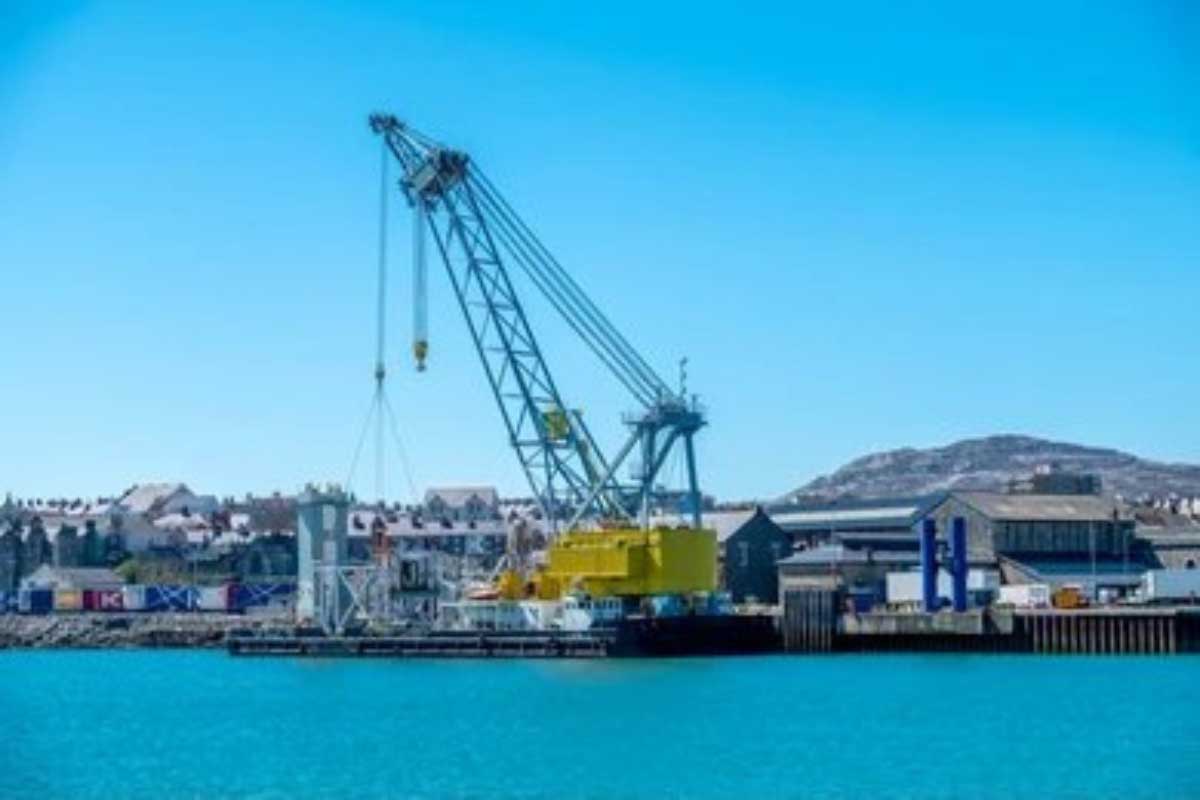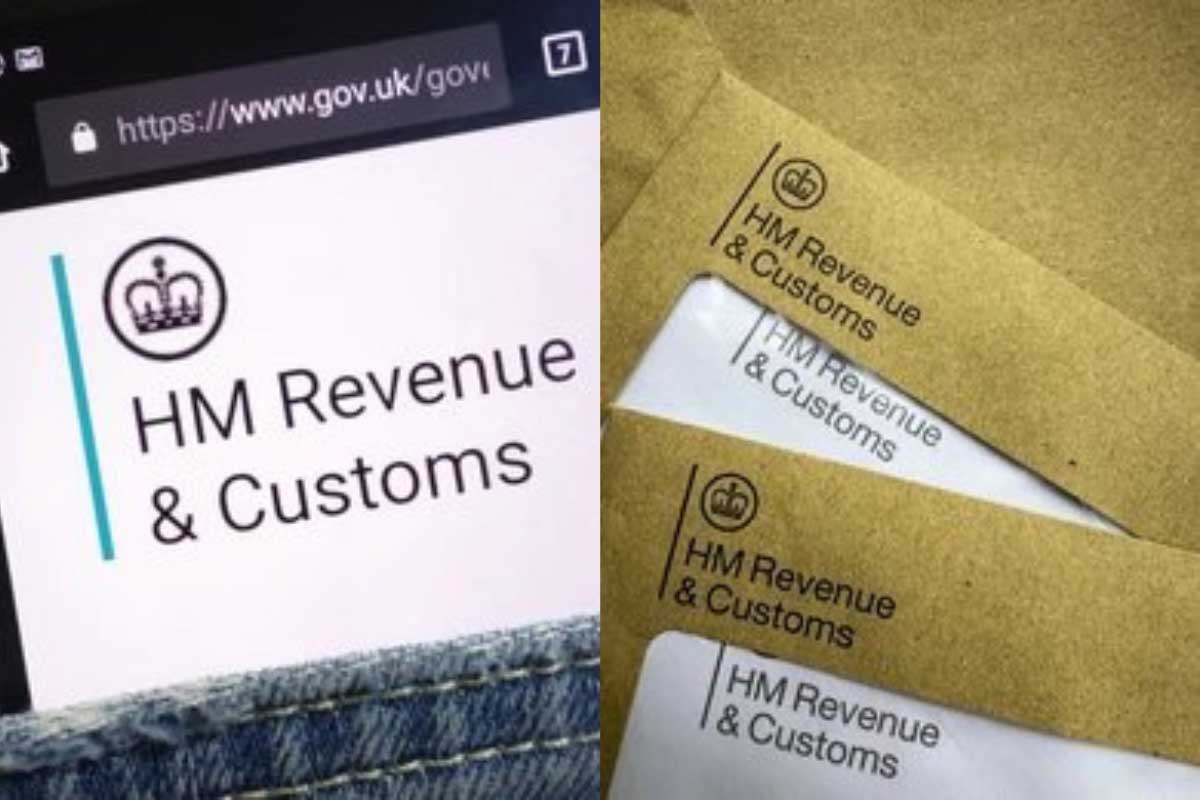If you are looking to source products globally, Alibaba is perhaps the best B2B platform that integrates countless buyers and vendors from more than 190 countries and territories. Founded in 1999, the company operates in multiple sectors and provides virtually unlimited amounts of products to be purchased in bulk.
Buyers from Alibaba often complain about high shipping costs that have not been disclosed before. Transportation alone in China constitutes approximately 53.85% of total logistics costs. Also, social logistics costs make up around 14.4% of the country’s GDP. These high costs can greatly curb the value for money when sourcing products for small and medium-sized businesses. Knowing what goes into shipping is important for any business looking to maximize efficiency in procurement.
Factors Contributing to High Shipping Costs on Alibaba
The high shipping costs associated with purchasing through Alibaba always come as a surprise to buyers, especially considering that the shipping costs exceed the product prices. While the platform offers highly competitive prices, the various logistical considerations make the final costs exponentially higher.
Business strategies aimed at reducing costs and improving shipping optimization will benefit from understanding these logistical considerations. The most impactful factors are shipping method, order quantity, packaging, vendor management, and customs. Every single one is crucial in defining the total value paid for shipment.
Shipping Method Selection
Picking suitable shipping options deeply affects Alibaba shipping fees. Costs are usually higher for air freight, which is the fastest option available. Although costly, air freight is the most efficient option for small, light, and urgent orders. Conversely, bulk shipments are less expensive via sea freight; however, they require more time to deliver.
Expenses for air freight increased greatly over the last few years as fuel prices rose and with the global disruption of supply chains. The selection of the wrong shipping method for a specific shipment size and urgency can result in unexpected expenses.
Order Size and Weight
Your order’s weight and dimensions affect shipping rates directly. Small orders usually have higher shipping costs per item because shipment minimums are sometimes enforced by the shipping company. For instance, sending a box weighing five kilograms may cost nearly the same as twenty-kilogram parcels as some expenses are fixed.
On the other hand, bulk shipments have more effective expense allocation, lowering the cost per item shipped. For companies purchasing lower quantities, grouping multiple requests into one order may be an easier way to achieve cost efficiency.
Packaging Inefficiencies
The way items are packaged is one of the first details that define the cost of shipping, especially with regard to air freight. A lot of shipping companies apply the Dimensional Weight System; this system combines the weight and volume to determine the shipping charge. Inefficient, bulky packaging and lightweight contents can still increase costs.
Sellers that employ oversized boxes and excessive cushioning ignore the fact that their set shipping cost is augmented by increased shipping charges. Working together with your supplier on proper packaging will help minimize the safety foam without increasing dimensional weight fees.
Multiple Suppliers
When purchasing from more than one supplier, suppliers frequently send each order separately which increases the overall cost. Each order also has its own customs clearance, documentation, and transportation fees, increasing costs significantly.
One good way to eliminate some of these expenses is by combining orders from different suppliers into one consolidated shipment. Freight forwarders help consolidate orders into one consolidated shipment, eliminating unneeded spending.
Customs Duties and Taxes
Each country and region has different laws that are applied globally which makes import taxes, customs duties, and compliance fees differ greatly. Due to trade agreements or other economic policies, some items may be allocated with higher tariff rates.
Alternatively, some may be given special inspection permits that further increase the price. To outsmart unexpected costs, customers must consider the overall model of tax in their target country and include these costs in their purchasing strategies.
Alibaba buyers can strategically plan their purchases while simultaneously reducing shipping costs by considering these important factors. The balance between choosing the shipping method and perfection in packing and consolidation strategies play integral parts in achieving lower cost global sourcing.
Strategies to Reduce Shipping Costs
Lowering shipping costs on Alibaba takes careful planning for logistics, suppliers, and shipments. Although shipping costs often feel like a fixed expense, there are many effective methods to reduce costs while still ensuring timely deliveries. Businesses can enhance their profit margins by undergoing smarter practices that cut expenses. Consider these effective techniques:
Optimize Packaging
One of the most effective ways to cut down on costs is making sure your products are packed properly. Items that are bulky or packed poorly increase dimensional weight and items that are packed poorly tend to get more damaged. Working with your supplier to enhance the packaging by getting rid of unnecessary fillers or oversized boxes can lower costs while ensuring the goods maintain their structural integrity and are undamaged during transportation.
Consolidate Shipments
When you make orders from different suppliers, the supplies will come in different small packages that have many fees attached to them. If you combine multiple smaller orders into one order, your costs will be significantly lower. Freight forwarders can help combine shipments with different suppliers to lower customs fees per shipment and make the process less complicated.
Choose Appropriate Shipping Methods
It’s important to choose the best shipping method for the task at hand. If it’s something bulky but non-urgent, consider using sea freight as it is more cost-effective. For smaller, high valued, or time sensitive packages, air freight is the only option.
Negotiate with Suppliers
For bulk purchases or repeated orders, suppliers are willing to negotiate better shipping rates than standard ones. Striking favorable deals can be very beneficial.
Plan Around Peak Seasons
Avoid shipping during peak seasons like Chinese New Year and other holidays when freight expenses increase in value. Careful advanced planning can prevent delays and reduce expenses.
Wrapping Up
Issues like customs charges, order volume, and shipping methods contribute to Alibaba’s high shipping costs. Buyers can save money by choosing cheaper transport modes, consolidating shipments, and minimizing packaging. Implementing these strategies promotes better purchasing decisions and greater cost savings in overseeing international procurement.






